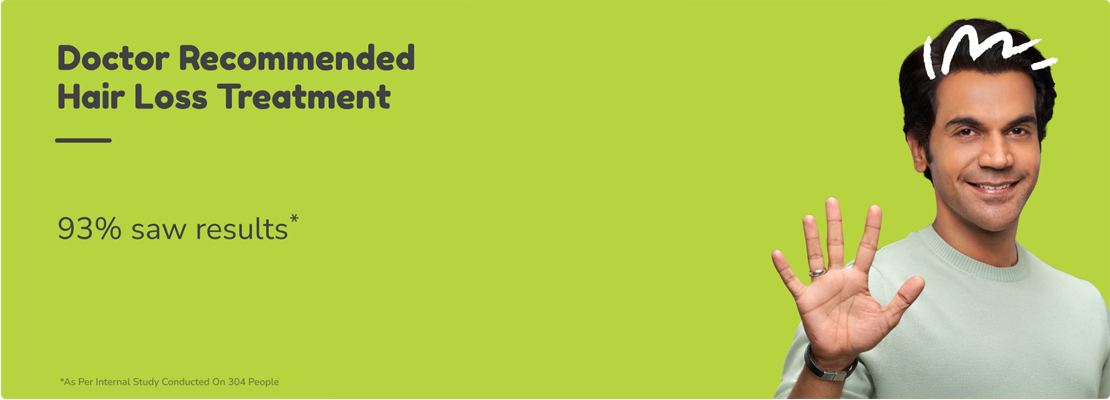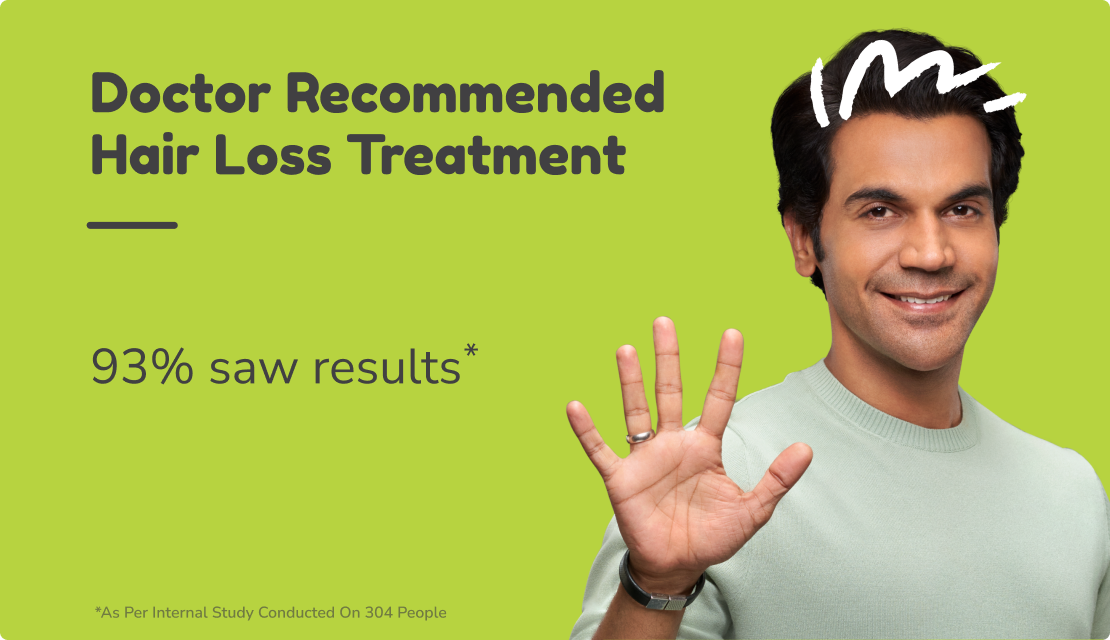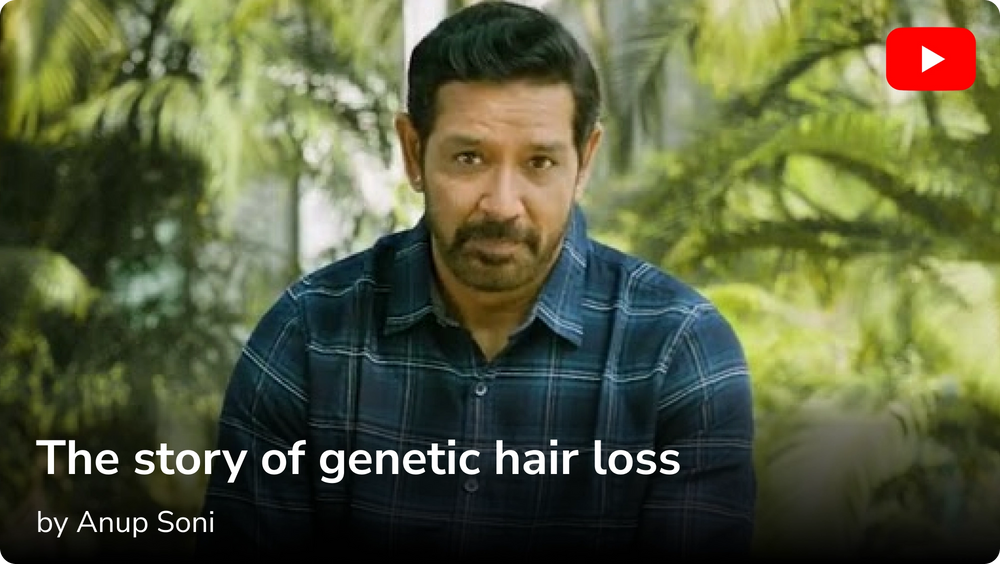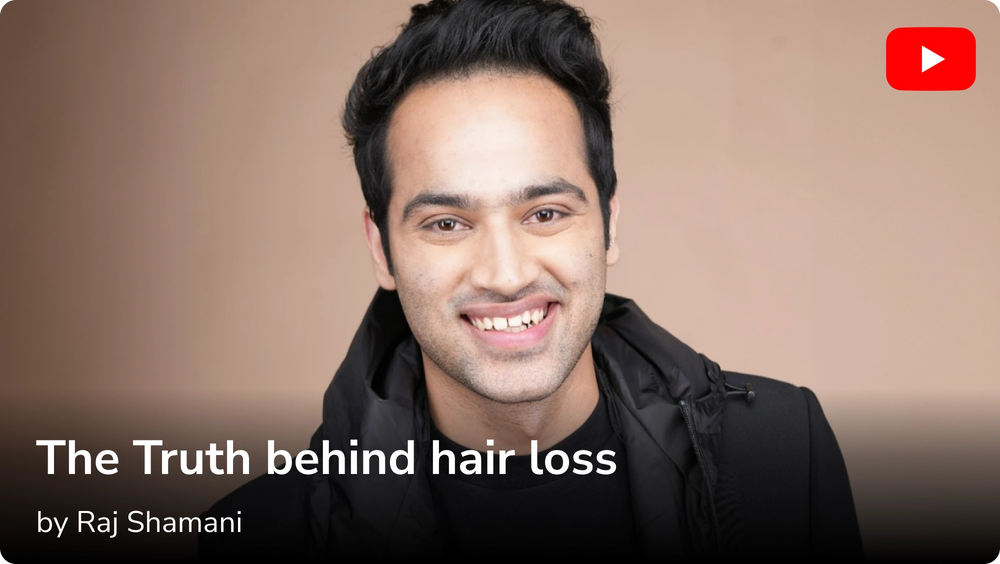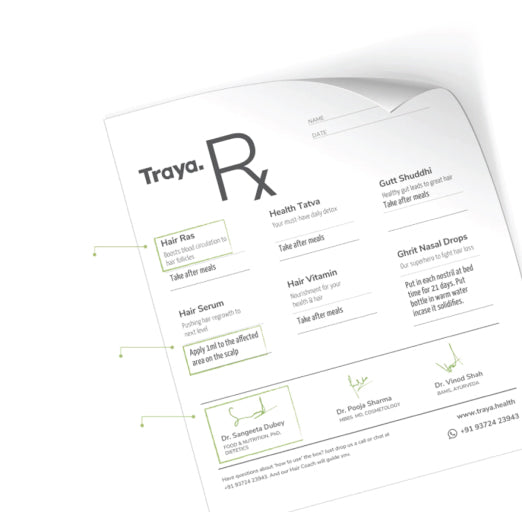After a long day, you step into the shower, eager to wash away the stress. The smooth lather of your shampoo makes you feel fresh and invigorated as it envelops your hair and scalp. The rich foam, the ease with which it spreads, and the squeaky-clean feeling it leaves behind all contribute to a satisfying hair-washing ritual. But have you ever wondered what causes this luxurious lather? The answer lies in a common ingredient: Sodium Laureth Sulfate (SLES).
Sodium Laureth Sulfate (SLES) is a widely recognized and used ingredient in many hair care products. SLS is a surfactant, an agent that helps water mix with oil and dirt so they can be rinsed away. Yet, its use has been surrounded by debates about its safety and impact on hair health. So is sodium laureth sulfate good for hair? Let's get a better picture about what SLES is, to help you make an informed decision about your hair care products.
Understanding Sodium Laureth Sulfate (SLES)
What is SLES?
Sodium Laureth Sulfate (SLES) is a detergent found in products like shampoos, soaps, and toothpaste. It is often compared with Sodium Lauryl Sulfate (SLS), another popular surfactant, SLES is considered milder due to its lower potential for irritation.
SLES vs. SLS
Both SLES and SLS are effective surfactants, meaning they reduce the surface tension of water, allowing it to mix more easily with oils and dirt so they can be rinsed away. However, SLS is known to be a stronger cleaning agent, which can sometimes lead to dryness and irritation, particularly for individuals with sensitive skin or scalp.
The key difference between the two lies in the production process. SLES undergoes an additional process called ethoxylation, which involves treating SLS with ethylene oxide. This process modifies the chemical structure of SLS, resulting in SLES, which is less likely to cause irritation. This makes SLES a preferred choice in formulations designed for individuals who may have sensitivities to harsher surfactants.
Role of SLES in Shampoos
Sodium laureth sulfate in shampoo functions by lowering the surface tension of water to facilitate easier spreading and penetration. This produces a satisfying, foamy lather and efficient cleansing. Is sodium laureth sulfate bad for hair? is still a question that many consumers have despite its widespread use.
It's important to take into account the context of sodium laureth sulfate's use in order to answer the question, is it good for hair? SLES effectively cleanses the hair and scalp of oils and dirt, which adds to a feeling of renewal and cleanliness. For most individuals, SLES offers a well-rounded method of cleaning, providing the advantages of efficient oil and dirt removal without the harshness connected with SLS. But for individuals whose skin is sensitive,
Benefits of Sodium Laureth Sulfate in Hair Care
Is sodium laureth sulfate good for hair?Sodium Laureth Sulfate (SLES) is excellent at cleaning hair thoroughly, leaving it feeling fresh and clean. However, it can strip natural oils from the hair and scalp, leading to dryness, especially for those with dry or sensitive skin. To counteract this, it's important to use a good conditioner to maintain hair moisture.
SLES allows for effective shampoos that are affordable, making quality hair care accessible to more individuals. While it strikes a balance between effectiveness and cost, it may not be ideal for those with sensitive scalps or specific hair needs. For these individuals, shampoos with milder surfactants might be better, even if they are more expensive.
SLES creates a rich, foamy lather that enhances the washing experience, making hair feel thoroughly cleaned. However, this same property can cause dryness and irritation for some users, particularly those with sensitive skin or conditions like eczema. For these individuals, the potential for irritation might outweigh the benefits of the rich lather.
Potential Risks and Side Effects
|
Risk |
Description |
|
Skin and Eye Irritation |
SLES can cause irritation and allergic reactions, particularly in individuals with sensitive skin. |
|
Hair Dryness and Damage |
By stripping natural oils, SLES can lead to hair dryness and potential damage. |
|
Environmental Concerns |
The manufacturing process and byproducts of SLES can negatively impact the environment. |
SLES in Different Hair Types
How Different Hair Types React to SLES
Oily Hair
Sodium Laureth Sulfate is a great choice for those with oily hair, as it can cleanse deeply and leave hair feeling fresh and clean. Regular use of SLES-containing shampoos can help manage greasiness, reducing the need for frequent washing. However, there's a potential downside: overuse can lead to over-cleansing, which might stimulate the scalp to produce even more oil as a compensatory mechanism.
For those with dry hair, SLES can be a bit too harsh. While it does a good job of removing dirt and buildup, it also strips the hair of its natural oils, which are essential for maintaining moisture. This can worsen dryness, leading to brittle and damaged hair. Additionally, the lack of natural oils can make hair more prone to frizz and breakage, particularly in dry or curly hair types that require more moisture to stay healthy and manageable.
When it comes to colour-treated hair, SLES can be a double-edged sword. It is effective at removing product buildup, which might occasionally be beneficial. However, it also has the drawback of stripping colour-treated hair of its vibrant hues more quickly than gentler shampoos. This can result in dull, faded hair colour over time, reducing the longevity of dye treatments. Moreover, since colour-treated hair is already more porous and prone to damage, SLES can exacerbate these issues by further weakening the hair structure, leading to increased brittleness and breakage.
Sensitive scalps can also react negatively to SLES. While it provides deep cleansing, this benefit is often overshadowed by the potential for irritation. Those with sensitive scalps may experience redness, itching, and irritation due to the harsh nature of SLES, which can strip away the protective layer of oils that keep the scalp healthy. In some cases, individuals might even have allergic reactions to SLES, resulting in discomfort and inflammation. Therefore, individuals with sensitive scalps or allergies might want to avoid products containing SLES.
Also Read: Best Sulphate Free and Paraben Free Shampoo in India
Alternatives to Sodium Laureth Sulfate
Sulphate-Free Shampoos
Gentler on Scalp and Hair Sulphate-free shampoos are known to be much milder, making them the best choice for those with sensitive skin or scalp conditions like eczema or psoriasis. These shampoos cleanse effectively without causing that annoying dryness or irritation. Imagine washing your hair and not feeling that uncomfortable tightness on your scalp – that's what sulphate-free shampoos can offer.
One of the key benefits of sulphate-free shampoos is their ability to maintain hair's natural oils. Regular shampoos with sulphates can strip away these essential oils, leaving your hair feeling dry and brittle. In contrast, sulphate-free shampoos help preserve these natural oils, which are crucial for keeping your hair moisturized and healthy. This means your hair can retain its natural shine and softness. So, if you're looking to keep your hair hydrated and prevent that straw-like texture, a sulphate-free shampoo might be just what you need.

For those who color their hair, sulphate-free shampoos are a game-changer. Sulphates can cause your vibrant hair color to fade faster, leaving it looking dull and lifeless. Sulphate-free shampoos, however, are much gentler on hair, helping to maintain the vibrancy of hai color for a longer period. This means fewer trips to the salon for touch-ups and more time enjoying your beautiful, fresh-looking hair. If you’ve invested in coloring your hair, protecting that investment with a sulphate-free shampoo is a smart choice.
Natural Surfactants
- Saponins
Saponins, found in plants such as soapberry, yucca, and soapwort, are natural surfactants that have been used for centuries in various cultures for their cleansing properties. These plant-based ingredients are effective at breaking down oils and dirt, offering a gentle yet efficient way to clean the skin and hair. Saponins create a mild lather that cleanses without stripping away the natural oils that are essential for healthy skin and hair. This makes them an excellent choice for those seeking a more natural approach to personal care.
- Coco glucoside
Derived from coconut oil and glucose, coco glucoside is a mild, non-ionic surfactant known for being gentle on the skin. It effectively cleans without causing irritation, making it suitable for all skin types, including sensitive skin. Coco glucoside is also biodegradable and environmentally friendly, which is an added benefit for eco-conscious consumers. This surfactant can be found in many natural and organic shampoos, body washes, and facial cleansers, providing a mild cleansing action that leaves skin feeling soft and hair feeling clean.
- Decyl Glucoside
Another excellent plant-derived surfactant is decyl glucoside. Made from corn glucose and coconut oil, this mild surfactant is especially suitable for sensitive skin and children. Decyl glucoside is non-irritating and biodegradable, making it a favorite in natural and organic formulations. Its gentle nature does not compromise its cleaning power; it effectively removes dirt and impurities while maintaining the skin's natural balance. This surfactant is also used in products designed for delicate baby skin, ensuring a safe and gentle cleansing experience.
Effectiveness of Natural Surfactants
- Gentler Cleansing
One of the primary advantages of natural surfactants over synthetic ones like SLES is their gentler cleansing action. Natural surfactants tend to be less aggressive, which makes them suitable for daily use and for individuals with sensitive skin or scalp conditions. They cleanse without stripping the skin and hair of their natural oils, preventing dryness and irritation. This makes them an ideal choice for individuals who experience discomfort or sensitivity with conventional cleansing products.
- Buildup Removal
While natural surfactants are effective for regular cleansing, they may not always be as efficient in removing heavy buildup from styling products or excess oils. For occasional deep cleaning, a stronger, clarifying shampoo might be necessary. This doesn’t mean that natural surfactants are ineffective; rather, they offer a balanced approach to daily cleansing that maintains the health of your skin and hair without causing harm. Incorporating a natural surfactant-based shampoo into your routine can provide gentle, everyday cleaning, while a periodic use of a clarifying shampoo can handle more stubborn buildup.
How to Choose the Right Shampoo
With so many options available, it’s important to consider several factors to ensure you’re making the best choice for your specific needs. Here are a few key points to consider when choosing a shampoo:-
Different hair types have unique needs. If you have oily hair, look for shampoos that help balance oil production without over-drying. Clarifying shampoos can be useful but should not be used daily as they can strip too much oil. For dry hair, moisturizing shampoos with hydrating ingredients like glycerin, aloe vera, and natural oils can help retain moisture and add shine.
Curly hair often requires more moisture and frizz control. Opt for shampoos that are specifically formulated for curls, often sulfate-free and rich in hydrating agents. Straight hair can benefit from lightweight shampoos that provide volume without weighing the hair down.
Understanding your hair type and its specific needs will guide you in selecting a shampoo that enhances your hair’s natural beauty.
Your scalp condition is equally important when choosing a shampoo. If you have a sensitive scalp or conditions like eczema or psoriasis, it’s essential to opt for gentle, sulphate-free formulas or those with natural surfactants. These shampoos minimise irritation and provide soothing benefits.
- Ingredients List
Always check the ingredients list on shampoo bottles. Look for shampoos that clearly list their ingredients. Avoid shampoos with unnecessary harsh chemicals like parabens, phthalates, and synthetic fragrances that can cause irritation and long-term damage.
- Product Reviews
Before purchasing a new shampoo, check reviews from users with similar hair types and concerns. User reviews can provide valuable insights into the product’s effectiveness, potential side-e and suitability.
- Patch Testing
Before fully incorporating a new shampoo into your routine, conduct a patch test to ensure it doesn't cause any adverse reactions. Patch testing helps prevent potential allergic reactions and ensures the product is safe for your skin and scalp.
Conclusion
Sodium Laureth Sulfate (SLES) offers effective cleansing and contributes to the desirable texture of hair care products, but it also carries potential risks such as dryness and irritation. Understanding the balance between its benefits and drawbacks can help you make an informed decision. For those with sensitive scalps or dry hair, exploring alternatives like sulphate-free shampoos or natural ingredients might be the best course of action. Ultimately, the choice depends on individual hair needs and health considerations.
References
No sulfates, no parabens method
International Journal of Research



